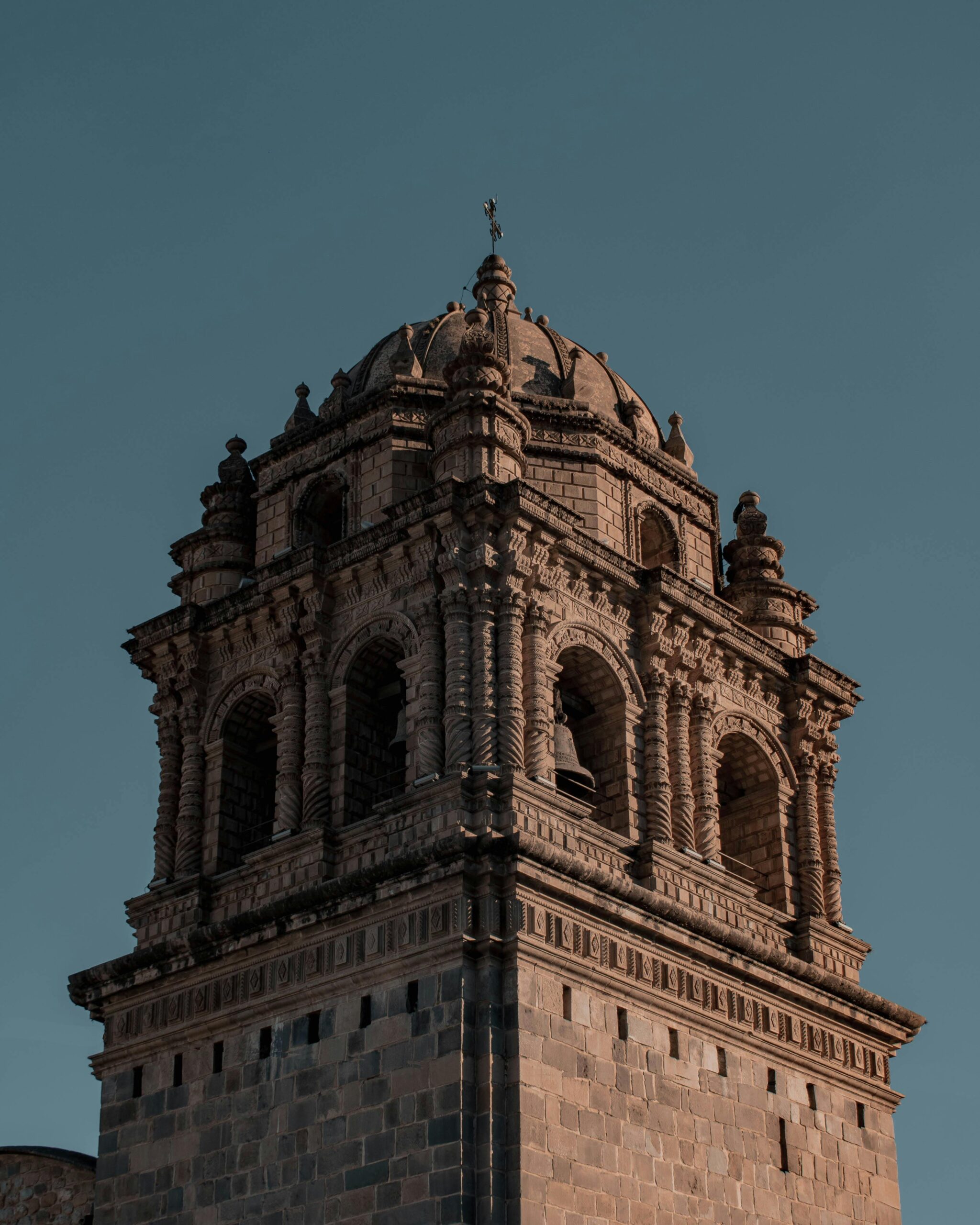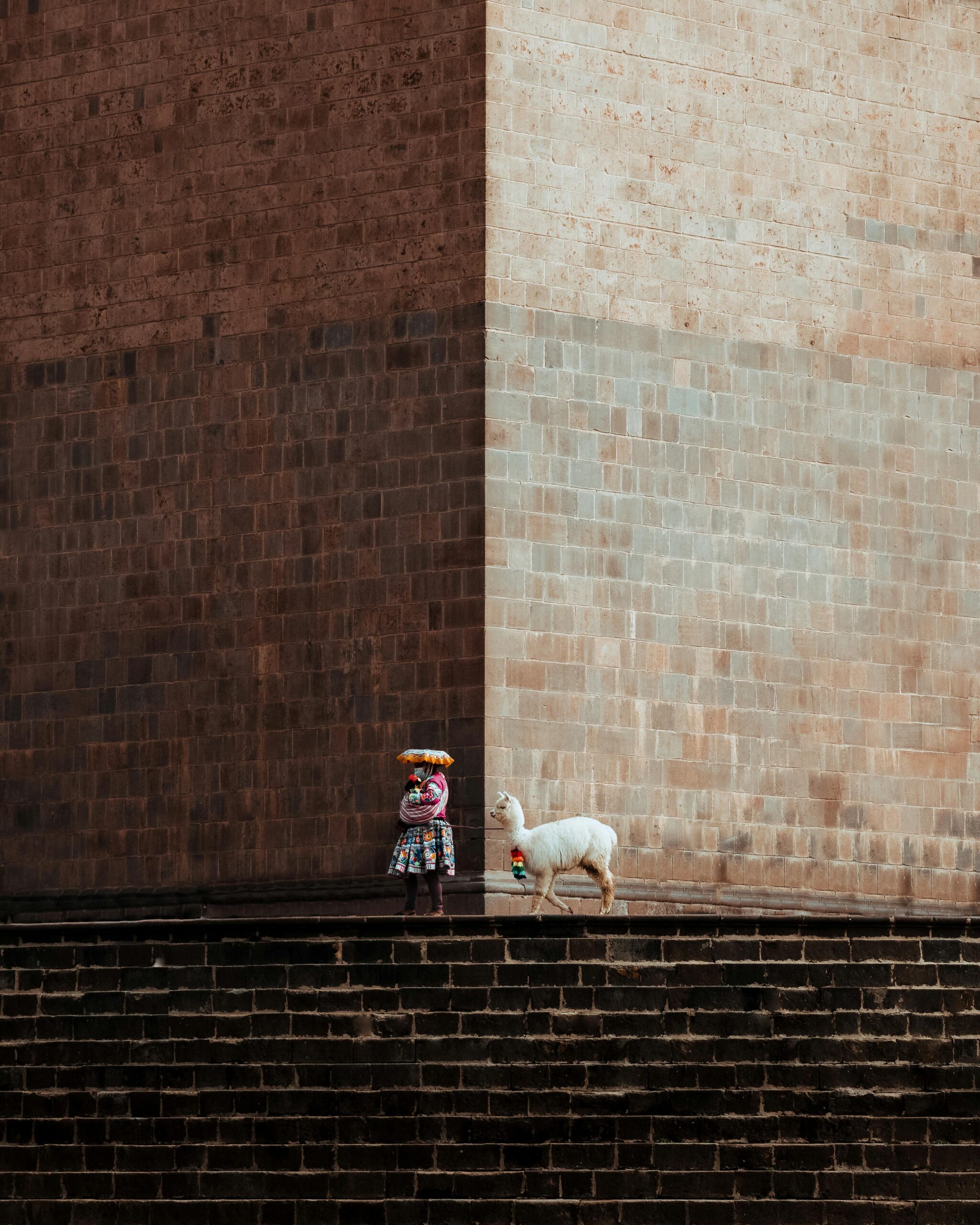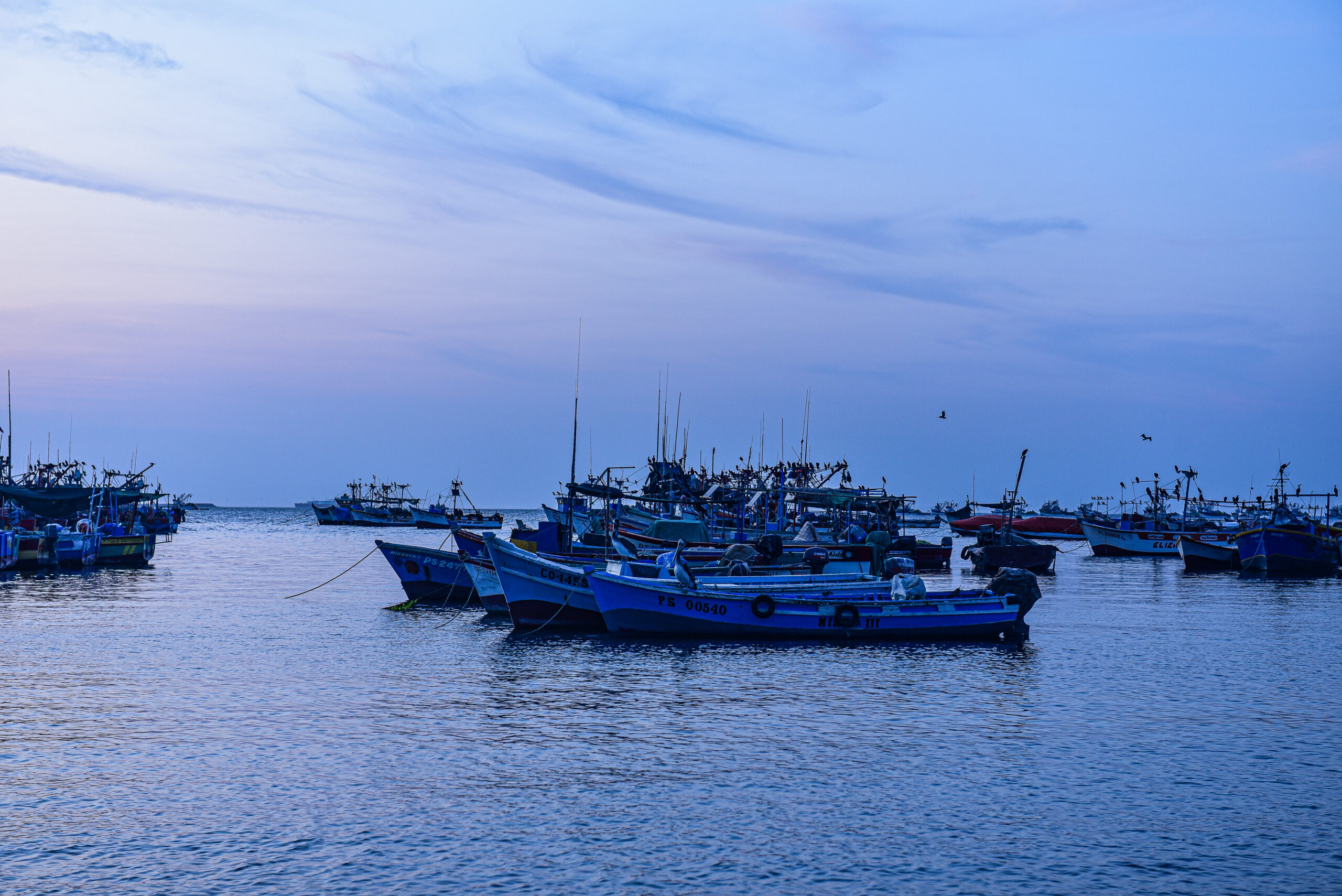A Peaceful Little Town on the Pacific Coast
Paracas is one of those places in Peru that seems frozen in time. Located about three hours’ drive south of Lima, this small coastal town, long unknown to tourists, has now become an essential stop for those who want to discover another side of the country. The climate is dry, the sun is almost always shining, and the peaceful atmosphere contrasts sharply with the hustle and bustle of the big cities.
La Reserva Nacional de Paracas: un santuario natural
The main attraction in Paracas is undoubtedly its National Reserve. This vast protected area encompasses both desert and marine environments. Just a few kilometers in, you find yourself surrounded by lunar landscapes, with cliffs plunging into the ocean, beaches of red or golden sand, and lagoons inhabited by migratory birds. The biodiversity is remarkable: flamingos, pelicans, cormorants, and occasionally even foxes or dolphins. For photography enthusiasts, it’s paradise. Entering the reserve—usually by vehicle—gives a profound sense of freedom. You drive among the dunes, stop at the edge of cliffs, listen to the wind… and understand why the ancient inhabitants of the region —the Paracas people— considered this land sacred.
The Ballestas Islands: Peru’s “Little Galápagos”
A few kilometers offshore from Paracas lie the famous Ballestas Islands, aptly nicknamed Peru’s “Little Galápagos.” The journey is made by boat, early in the morning, when the sea is still calm. Although short, the excursion is unforgettable. Within minutes, you spot dozens of seabirds, colonies of sea lions basking on the rocks, and sometimes even Humboldt penguins, a rare species found only in certain parts of South America. The highlight is perhaps the sight of the mysterious “Candelabro,” a gigantic geoglyph carved into the side of a dune. Its origin remains unknown, but its visual impact is striking. This simple and accessible boat trip offers a true encounter with the raw power of Peruvian nature—salt-laden winds, bird calls, and endless blue stretching to the horizon.
A town shaped by the sea
Paracas lives to the rhythm of the ocean. Artisanal fishing remains one of the main livelihoods for many local families. Early in the morning, small boats leave the port to bring back fresh fish, shellfish, or octopus that end up in the plates of the seafront restaurants. The ceviche here is renowned for its freshness, and local specialties such as choros a la chalaca (mussels marinated with corn and onions) delight lovers of seafood cuisine. A stroll along the malecón at sunset is a local ritual: you’ll see children playing, fishermen mending their nets, and tourists enjoying a cocktail while watching the sun set over the Pacific.
A strategic starting point to explore the region
Thanks to its location, Paracas is an excellent base for exploring other treasures along Peru’s southern coast. In less than an hour’s drive, you can reach Ica and its mythical Huacachina Oasis, or visit the vineyards that produce pisco and local wines. The more curious can even head to the Nazca Lines, accessible by small plane from Pisco’s airfield. This proximity to other major sites makes Paracas both a relaxing and practical stop. Many travelers choose to spend several days here, alternating between excursions, moments of relaxation on the beach, and cultural discoveries.




